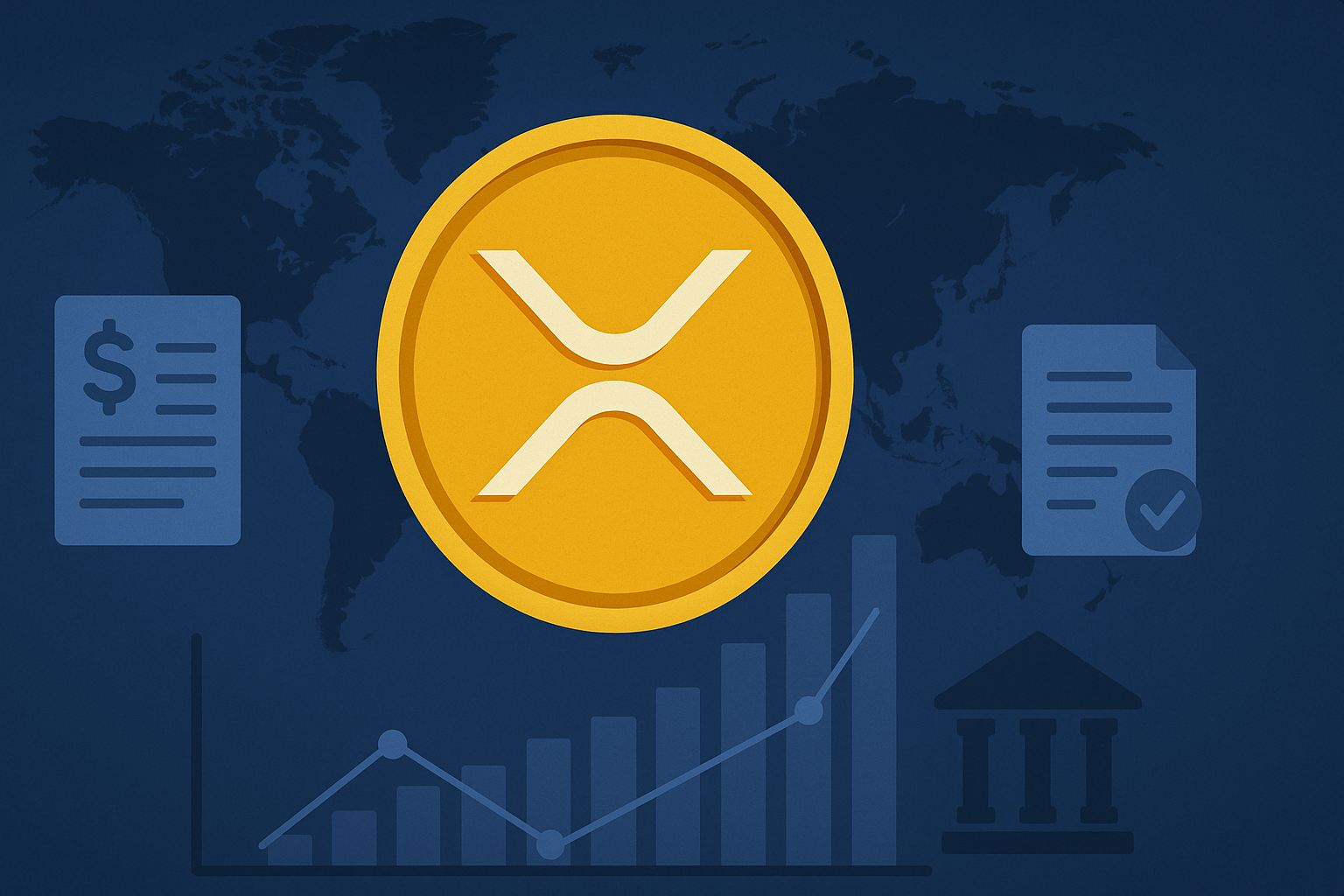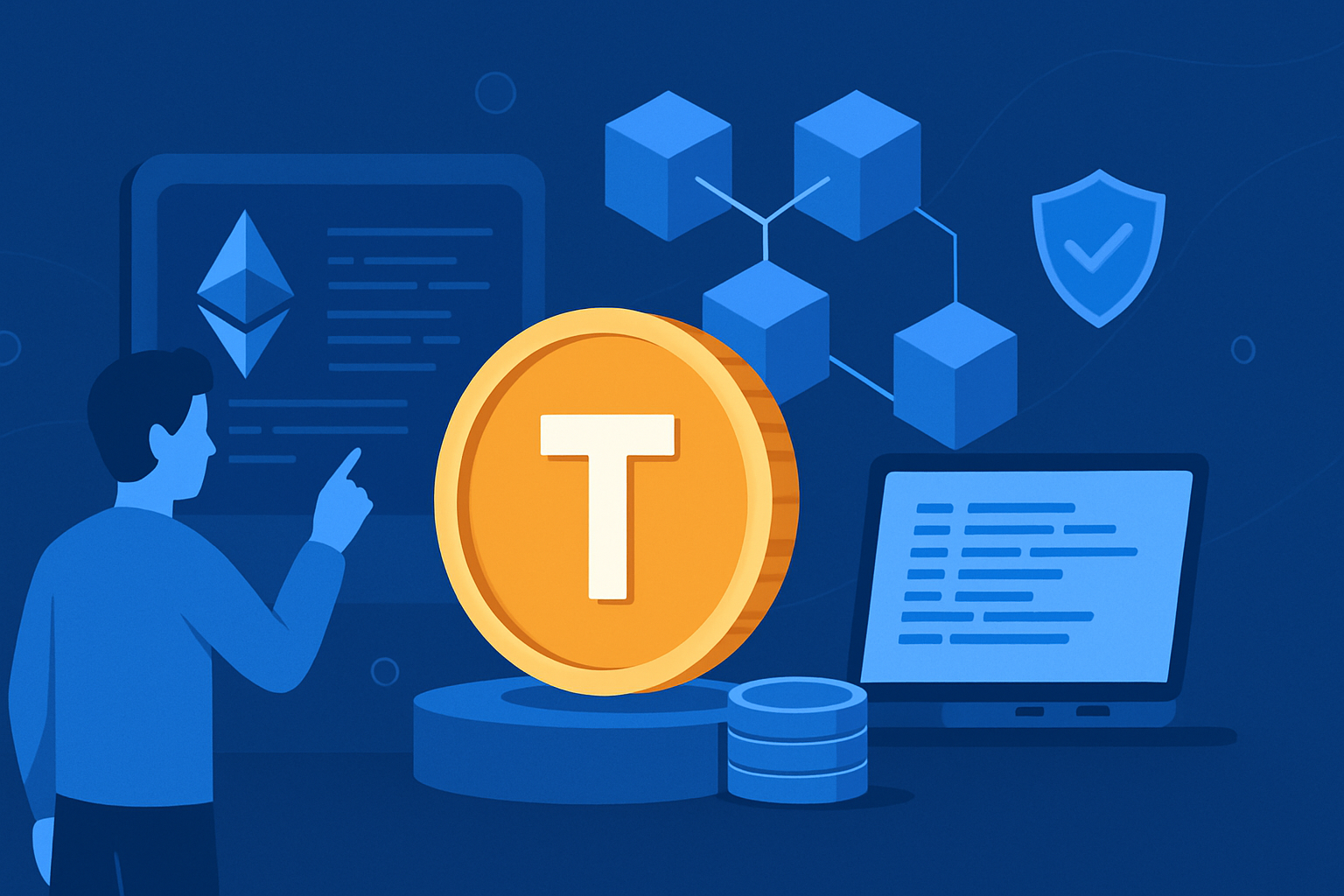
In 2025, fintech startups are facing a dual challenge: navigating intense competition in the digital finance sector and executing successful fundraising in a rapidly evolving regulatory and investor landscape. Initial Coin Offerings (ICOs) continue to be a viable fundraising mechanism for fintech innovators—but only when backed by a strategic, well-executed marketing plan. With thousands of token projects vying for investor attention, a compelling ICO marketing strategy is no longer optional—it’s a survival tool.
This blog explores tailored ICO marketing strategies for fintech startups that want to rise above the noise and secure meaningful funding while building lasting brand credibility.
Why ICOs Still Matter in Fintech
Despite changing regulations and the rise of alternatives like STOs and IDOs, ICOs remain an attractive fundraising model for early-stage fintech startups. Here’s why:
Global Accessibility: ICOs break geographical barriers, allowing startups to access a global investor pool.
Speed and Efficiency: Unlike venture capital or traditional funding rounds, ICOs allow for rapid fundraising without extensive gatekeeping.
Community-Centric Growth: ICOs attract early supporters who can evolve into a loyal user base and brand advocates.
Token Utility Integration: Fintech startups can build token utility directly into their platforms, such as for transactions, governance, or loyalty rewards.
That said, these benefits are only realized if the ICO is strategically marketed—especially in an industry like fintech, where credibility is everything.
Understanding the Fintech ICO Audience
A fintech ICO isn’t just selling a token—it’s selling a vision of financial innovation. Your audience is savvy, risk-aware, and often more discerning than the average crypto investor. They include:
Blockchain-native investors seeking real-world financial use cases
Traditional fintech enthusiasts exploring decentralized solutions
Institutional stakeholders interested in DeFi, banking infrastructure, and regulatory technology
Retail users drawn by better financial inclusion, cross-border payments, or micro-financing innovations
Understanding this audience is key to crafting relevant messages, choosing the right channels, and building lasting trust.
Key ICO Marketing Pillars for Fintech Startups
1. Clear and Credible Value Proposition
In a crowded fintech landscape, your ICO must communicate how your solution is better, faster, safer, or cheaper than traditional alternatives. Don’t rely on hype or jargon. Instead, focus on:
Problem-solution storytelling: What pain point are you solving? Is it remittance fees? Slow settlements? Lack of access to credit?
Unique selling proposition (USP): What makes your blockchain-based solution superior?
Token utility clarity: Explain how the token functions within your platform—not just during the ICO, but long-term.
Fintech investors are analytical. A vague or overly ambitious whitepaper is an instant red flag.
2. Regulatory-First Messaging
In fintech, trust and compliance are paramount. While ICOs can still operate in unregulated zones, savvy investors prefer transparency. Your marketing must reflect:
KYC/AML procedures during token sale
Legal structure of the offering
Jurisdictions you're operating in
Disclaimers and investor eligibility
Hiring a legal consultant or working with an ICO marketing agency that understands global compliance can save your reputation and future.
3. High-Impact Content Marketing
Educating your audience is just as important as attracting them. Fintech is technical and data-driven, so your content should reflect expertise while remaining accessible. Examples include:
Explainer blogs on your platform, protocols, or financial mechanisms
Whitepapers and litepapers optimized for readability
Infographics simplifying tokenomics or platform flow
Thought leadership articles on the future of fintech, DeFi integration, or banking disruption
Distribute this content across multiple touchpoints: website, Medium, LinkedIn, crypto forums, and newsletters. Ensure it’s SEO-optimized to capture organic traffic from keywords like “DeFi lending platform,” “tokenized payments,” or “blockchain for remittances.”
4. LinkedIn-Focused Campaigns
Unlike meme coin or gaming token audiences that congregate on Discord and Twitter, fintech communities thrive on LinkedIn. Here’s how to leverage it:
Publish founder-driven thought pieces regularly
Join fintech, crypto, and Web3 discussion groups
Run sponsored posts targeting fintech professionals and crypto investors
Highlight partnerships, MVP demos, and compliance updates
Positioning your team as fintech innovators helps build legitimacy and invite collaboration, investment, or media attention.
5. Influencer & Thought Leader Amplification
Fintech-focused influencers may not always have the flashiest follower counts, but they hold sway in niche communities. Focus on:
Crypto-fintech YouTubers who review token platforms or ICOs
Newsletter authors covering blockchain finance or decentralized banking
Podcast hosts exploring topics like open banking, CBDCs, and cross-border payments
Work with influencers who align with your product’s mission. Instead of just paying for tweets, collaborate on AMAs, interviews, or panel discussions.
6. Targeted Community Building
Building a strong, engaged community before your ICO launch boosts trust and momentum. Here’s how fintech startups can tailor this process:
Create Telegram and Discord channels with focused discussions around use cases, tokenomics, and roadmap
Offer early access or educational sessions to community members
Encourage referrals, bounties, and testnet participation to reward early believers
Host weekly live Q&A sessions with your core team
Fintech users value transparency, so be consistent with updates, roadmap tracking, and product development insights.
7. Multi-Layered PR Campaigns
Fintech is serious business, and so are the publications that cover it. ICO marketing should include a strong PR strategy across:
Blockchain media outlets like Cointelegraph, CryptoSlate, and The Block
Fintech-specific sites like Finextra, The Fintech Times, and TechCrunch Fintech
Web3 newsletters and aggregators like TLDRCrypto or Bankless
Press releases should highlight not just your ICO launch, but milestones like licensing, MVP releases, partnerships, or security audits.
Also consider placing sponsored educational articles on trusted platforms to explain your token model, especially if it’s unique.
8. Email Marketing for Conversion
Email is underrated in crypto marketing, but it’s gold when used wisely. Build segmented lists based on:
Early signups and waitlists
DeFi newsletter subscribers
Existing fintech community members (via collaborations)
Send tailored email sequences that walk them through:
The core product and token functionality
Investment logic and compliance details
Milestones like audit results or exchange listings
Make it informative, not salesy. Give subscribers confidence, not FOMO.
9. Token Listing & Post-ICO Visibility
Marketing doesn’t end after the ICO. Fintech projects must sustain momentum through:
Exchange listing announcements
Token utility guides that help users understand how to use their assets
Partnership announcements with banks, lenders, or regulators
Usage stats like volume, user growth, or interest earned
These updates, when communicated consistently via content, email, and social media, help retain investors and attract new ones.
Real-World Example: A Fintech ICO Done Right
One illustrative example is Celo, a blockchain fintech project focused on mobile-first payments and global financial inclusion. During their ICO phase, Celo:
Focused on their mission of bringing DeFi to smartphones
Engaged users via educational content and social impact storytelling
Leveraged partnerships with NGOs and development organizations
Built a mission-aligned community of developers and believers
Their success demonstrates that with clarity, purpose, and strategic marketing, fintech startups can thrive in the ICO landscape—without hype.
Final Thoughts
The fintech industry is undergoing a paradigm shift, and ICOs remain a powerful tool for catalyzing disruption—when used responsibly and marketed strategically. Unlike trend-based tokens, fintech projects are expected to deliver real value, comply with regulations, and operate at a higher standard of transparency.
By focusing on storytelling, education, community, and trust-building, fintech startups can craft ICO marketing campaigns that not only raise funds but lay the groundwork for long-term adoption.
In a market filled with noise, the winners will be those who communicate with clarity and build with conviction.










Write a comment ...